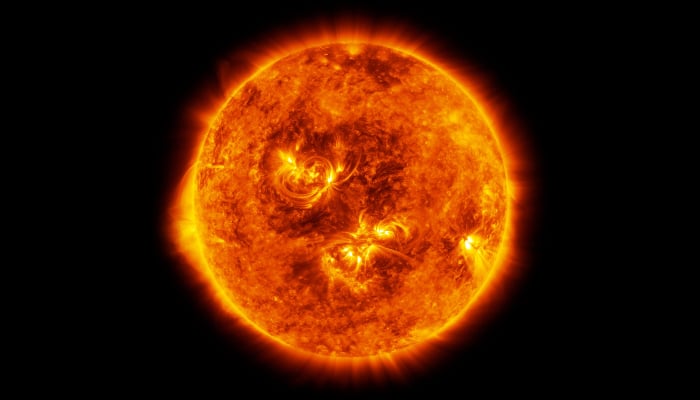
A new study unveiled why it is difficult to measure the age of a ‘big ball of gas’, the Sun.
According to Space Daily, a study done by the University of Geneva (UNIGE) found that magnetic activities significantly make it difficult to make an estimate about the existence of the Sun.
Jerome Betrisey, the lead author of the study, “To understand it, you must imagine a star as a big ball of gas in constant motion. Inside this star, there are waves or pulsations that make it vibrate, rather like the sound that resonates in a musical instrument.”
He explained, “These vibrations cause the star's surface to move slightly and change luminosity regularly. Thanks to very precise instruments, we can detect these variations in luminosity from Earth or from space."
The analysis of the researchers published in 'Astronomy and Astrophysics' provides insights into the chemical composition, internal structure, and determining the size of the star.
The international team led by Betrisey suggested that the seismic age of the sun keeps changing due to the solar activity cycle. It is also believed that the estimated age of the sun is around 4.6 billion years old.
Furthermore, the study will help researchers in future studies about stars, planets, and even the history of the Milky Way.








